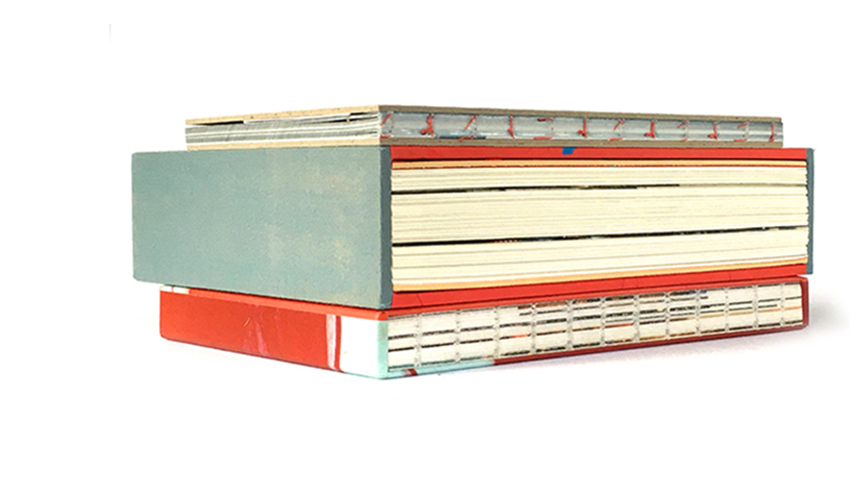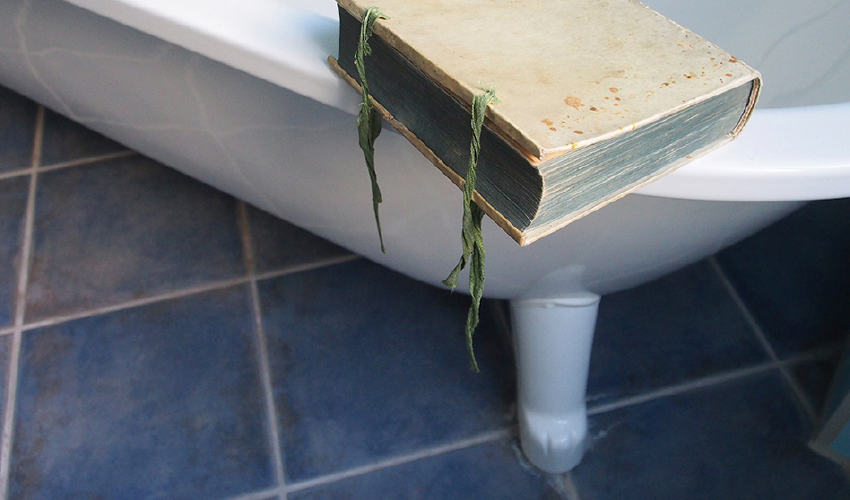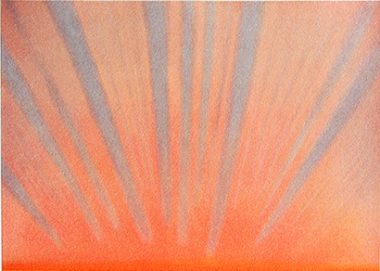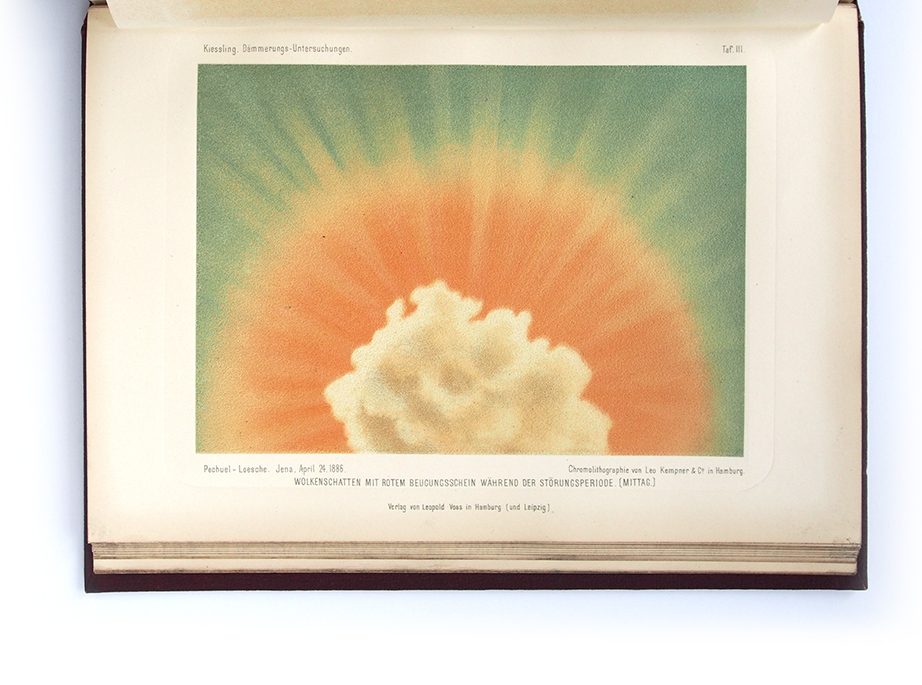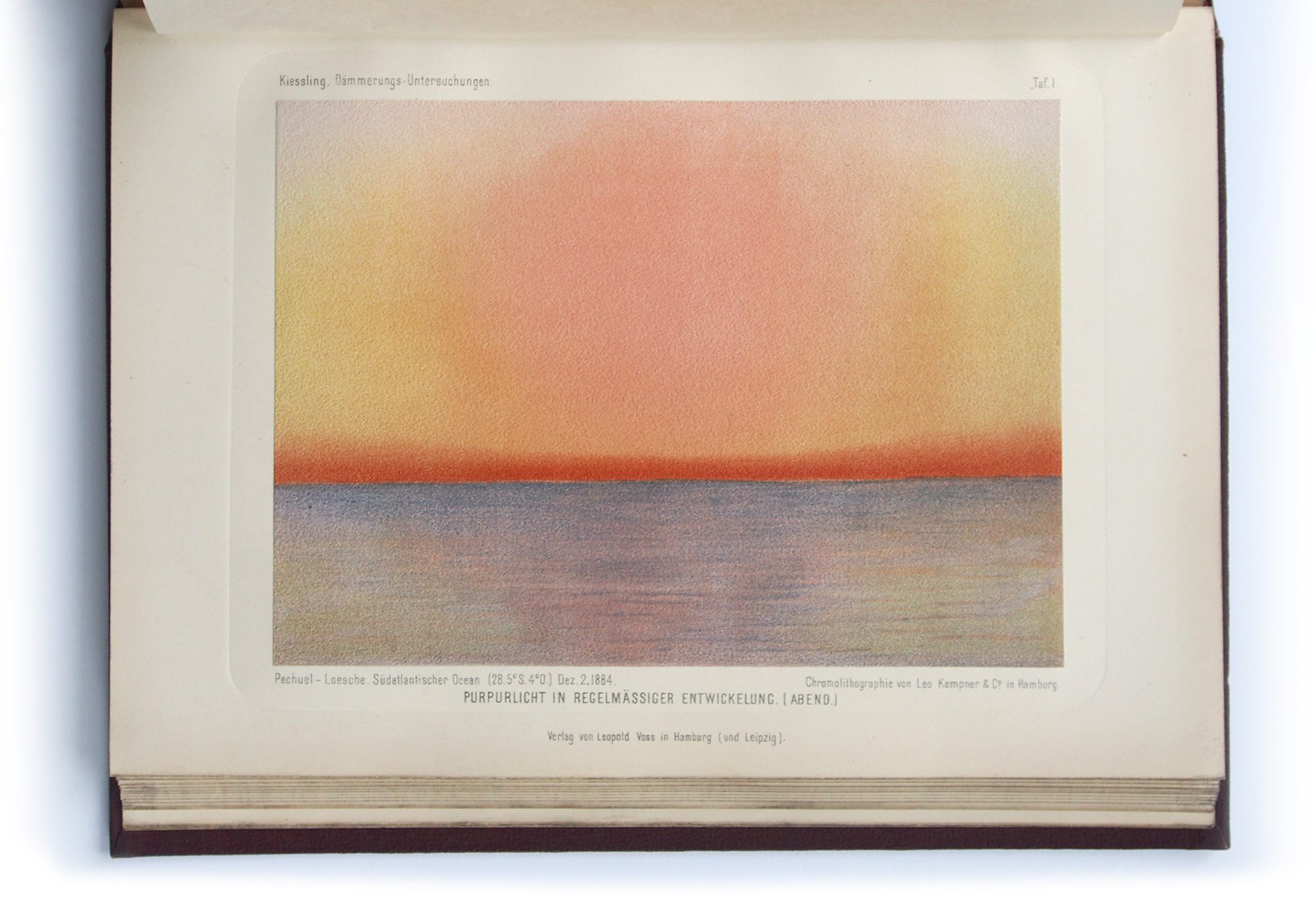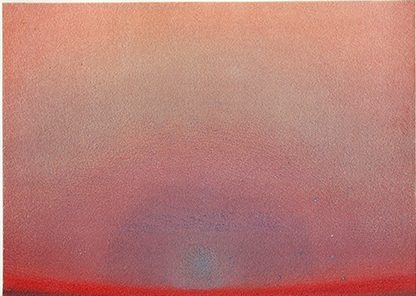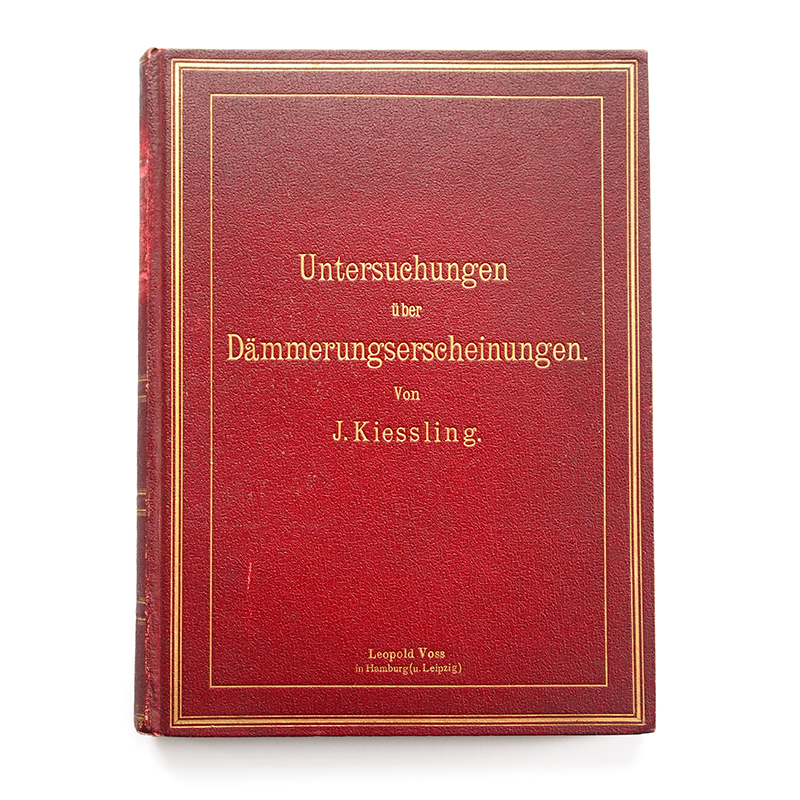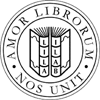The day the world exploded
16. Dezember 2020
On 22 August 2004, during the daylight hours, masked gunmen entered the Munch Museum in Oslo and stole the 1910 version of Edvard Munch’s The Scream. A bystander photographed the robbers as they escaped to their car with the artwork. On 8 April 2005, Norwegian police arrested a suspect in connection with the theft, but the paintings remained missing and it was rumored that they had been burned by the thieves to destroy evidence. On 31 August 2006, Norwegian police announced that a police operation had recovered The Scream, and the painting were said to be in a better-than-expected condition. Three of the men were convicted and sentenced to between four and eight years in prison and two of the convicted were also ordered to pay compensation of 750 million kroner (roughly US$117.6 million or € 86.7 million) to the City of Oslo, making the Scream one of the most expansive drawings in the world and giving him a place in contemporary conciousness.
The Scream is the popular name given to a painting created by Norwegian Expressionist artist Edvard Munch in 1893. The original German title given by Munch to his work was Der Schrei der Natur (The Scream of Nature). The agonized face in the painting has become one of the most iconic images of art, seen as symbolizing the anxiety of the human condition.
Munch recalled later that he had been out for a walk at sunset when suddenly the setting sunlight turned the clouds „a blood red“. He sensed an „infinite scream passing through nature“. Scholars have located the spot to a fjord overlooking Oslo, and have suggested other explanations for the unnaturally orange sky. Among theories advanced to account for the reddish sky in the background is the artist’s memory of the effects of the powerful volcanic eruption of Krakatao, which deeply tinted sunset skies red in parts of the Western hemisphere for months during 1883 and 1884, about a decade before Munch painted The Scream.
On 27 August 1883, a series of four huge explosions of a volcano almost entirely destroyed the island of Krakatao (Indonesia). The explosions were so violent that they were heard 3.110 km away in Perth, Western Australia, and the island o Mauritius, 4.800 km away. The pressure wave from the third and most violent explosion was recorded on barographs around the world. Ash was propelled to a height of 80 km. The combined effects of pyroclastic flows, volcanic ashes, and tsunamis had disastrous results in the region and worldwide. The death toll recorded by the Dutch authorities was 36.417, although some sources put the estimate at more than 120,000. There are numerous documented reports of groups of human skeletons floating across the Indian Ocean on rafts of volcanic pumice and washing up on the east coast of Africa up to a year after the eruption.
„Throughout November and December, the skies flared through virulent shades of green, blue, copper and magenta, more like inflamed flesh than the lucid reds of ordinary sunsets. Visual artists also found them-selves extending their color ranges in awed emulation of the skies. Painter William Ashcroft spent many evenings making pastel sky-sketches from the banks of the Thames at Chelsea, noting his frustration that he “could only secure in a kind of chromatic shorthand the heart of the effect, as so much of the beauty of after-glow consisted in concentration.”
He exhibited more than five hundred of these highly-colored pastels in the galleries of the Science Museum and published six images of his sunset studies in the Report of the Royal Society.
KIESSLING, Johann.
Untersuchungen über Dämmerungserscheinungen zur Erklärung der nach dem Krakatau – Ausbruch beobachteten atmosphärisch – optischen Störung. Mit 9 Farbendrucktafeln nach Aquarellen von Pechual – Loesche, 4 Karten und 8 Holzschnitten.- Hamburg; Leipzig: Voss, 1888. 4to (270 x 200 mm) VI, (2), 172 pp. with 9 chromolithographed plates, four maps and a few text woodcuts. Red embossed publisher cloth, spine with traces of removed stamps and faded there, but overall fine and clean copy.
Rare first edition with magnificent chromolithographs by the artist Eduard Pechuel – Loesche showing the sensational colors of twilights after the Krakatao eruption in 1883. Johann Kiessling (1839 – 1905) studied the sensational twilights that followed the eruption of Krakatoa and looked for their physical explanation. He believed that the cause of the extraordinary optical appearances essentially lay in diffraction through particles in the condensation and dust clouds which, following the eruption of the volcano, reached high strata in the atmosphere and travelled around the globe. Research concerning the generation of fog in the atmosphere was greatly forwarded by Kiessling’s ideas and experiments. The studies of C. T. R. Wilson, F.R.S., which led to the construction of his cloud chamber and its use in nuclear physics, were strongly influenced by Kiessling’s work. The fine chromolithographed plates are by Moritz Eduard Pechuël – Loesche (1840 – 1913), a German naturalist, geographer, ethnologist, painter, traveler, author, plant collector and professor of Geography in Jena and Erlangen. After school he joined the merchant navy and travelled widely during the 1860s including the Azores, Cape Verde Islands, West Indies, the Americas and the seaboards and islands of the Atlantic and Pacific oceans. He accompanied Paul Güssfeldt on the Loango Expedition of 1873–1876, playing a role in the founding of the Congo state and later writing a two-volume account of the expedition in 1882 and 1907. During his travels he painted some 400 aquarelles, currently housed with the Geography Department of the University of Hamburg.- Lit.: Wilfried Schröder & Karl-Heinrich Wiederkehr. Johann Kiessling, the Krakatoa Event and the Development of Atmospheric Optics after 1883. in: Notes and Records of the Royal Society of London, Vol. 54, No. 2 (May, 2000), pp. 249-258.
price on request




